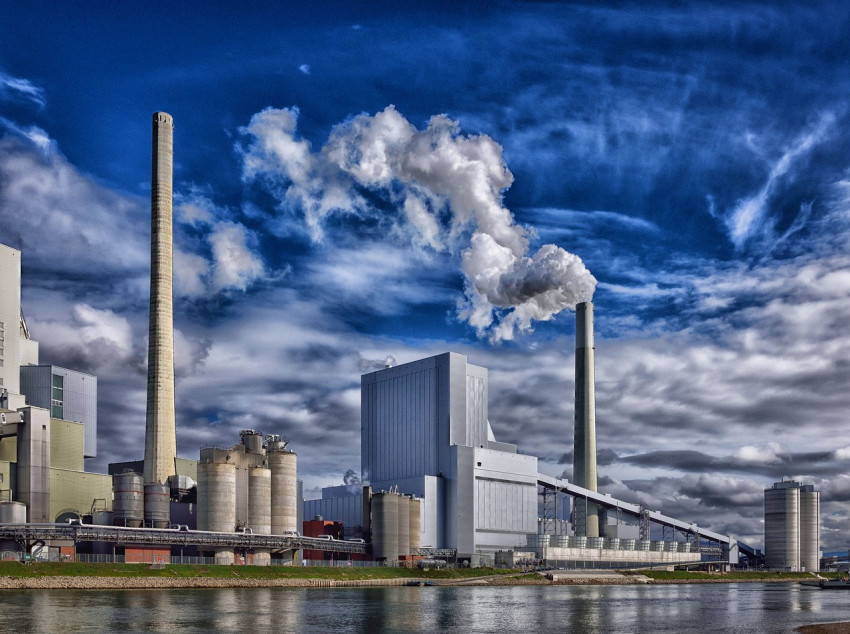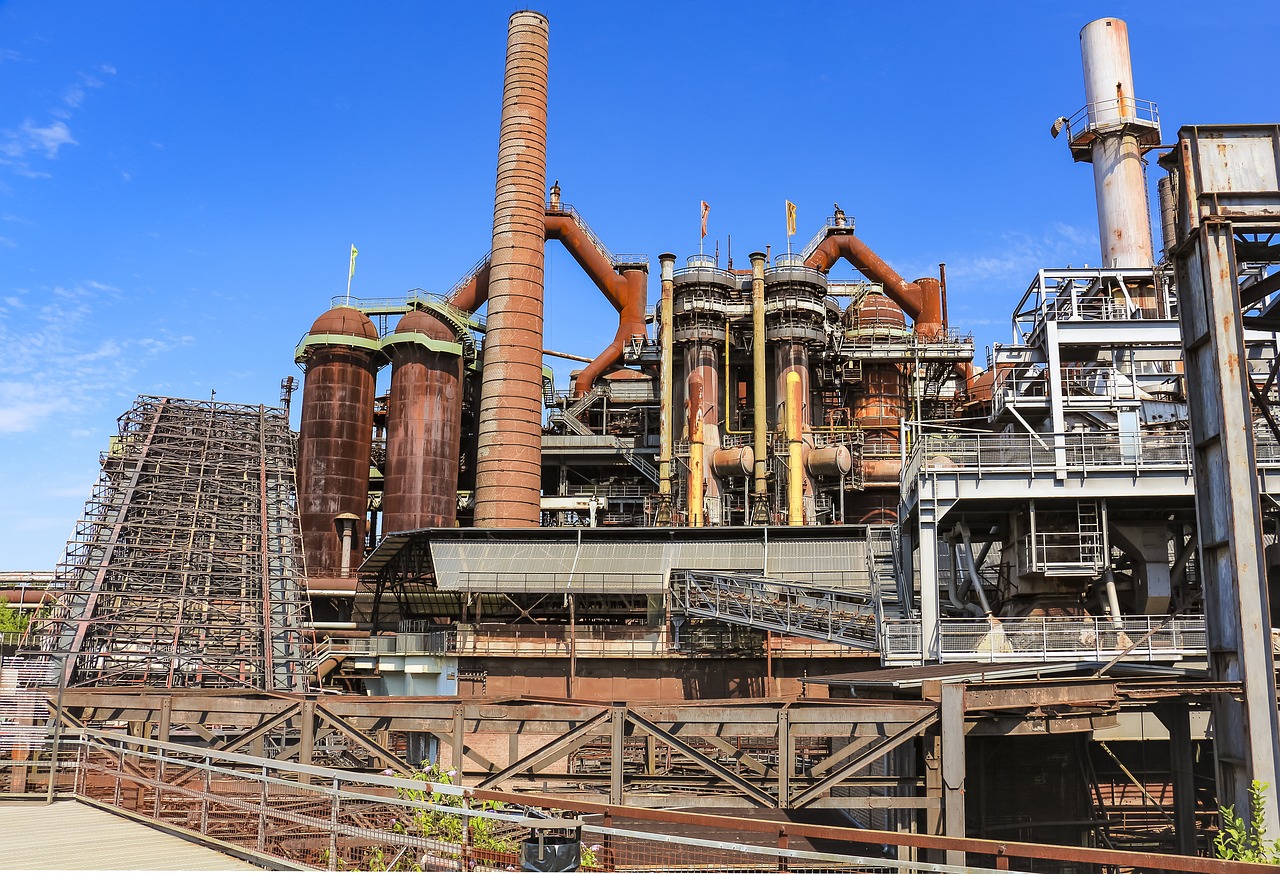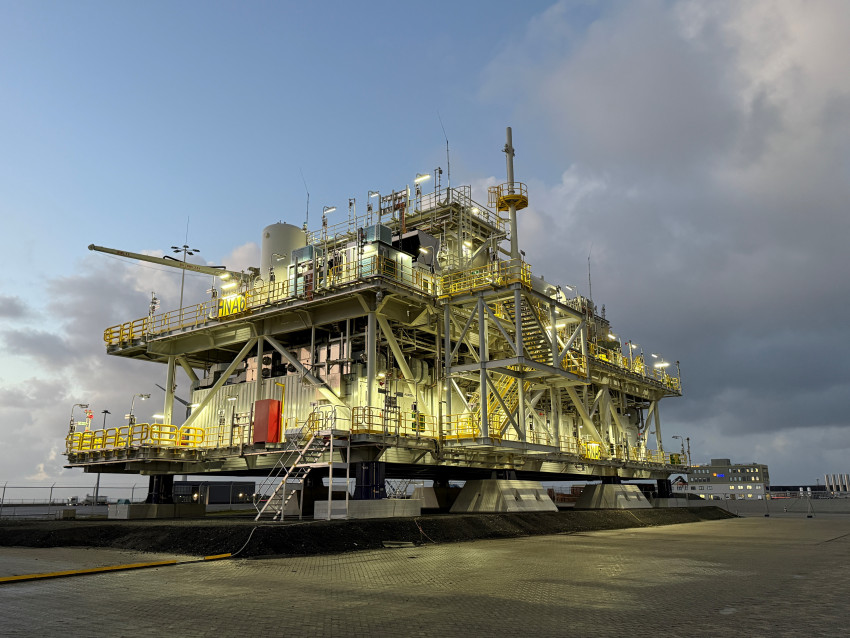
'Green hydrogen essential to achieve climate goals'
Industry in Europe must fully commit itself to green hydrogen in order to achieve the Paris climate goals, according to the conclusions of the World Energy Council (WEC) in a report published on 12 February.
The 2050 climate goals can only be achieved if major industrial companies, such as Shell and Tata Steel, produce and consume hydrogen sustainably, concludes the World Energy Council's study, which looked at the viability of using hydrogen in the energy transition in north-west Europe.
The chemical industry, refineries and steel mills already use hydrogen for lots of processes. However, this hydrogen is rarely produced sustainably, but made using natural gas in a process that releases CO2.
Tax on CO2 necessary
According to the WEC’s calculations, the capture and production process is profitable if CO2 is taxed, or taxed at a higher rate. Once the tax reaches €40 per tonne of CO2, it becomes profitable to capture and use the greenhouse gas. However, it must be remembered that this is only the case if the basic costs for producing H2 fall by 70%. That seems like a lot, but in the WEC’s press release lead author Jan Willem Velthuijsen says that 'the costs of wind and solar power technology have fallen much further'.

The report proposes a step-by-step approach. In the first step, companies can switch from grey hydrogen (made from natural gas) to climate-neutral blue hydrogen by capturing and storing the CO2 released during hydrogen production. This makes the process carbon-neutral, as hydrogen is now produced using natural gas.
In a second step, the industry can produce hydrogen that really is green by using water electrolysis powered by sustainable electricity. The report recognises that building large electrolysis plants takes time and money, hence the intermediate step of blue hydrogen.
Innovation in Europe
North-west Europe is ideally suited for the scenario described by the WEC. The area is characterised by innovation, lots of wind energy (which can generate the decarbonised electricity needed to produce hydrogen), and a willingness to meet the Paris goals. To give an idea of how much difference green hydrogen can make, its rapid adoption by major companies will account for achieving as much as 30% of the 2050 climate goal.
The WEC is proposing a major shake-up for the industry. The companies involved already have a few minor projects running for producing green hydrogen, such as the electrolysis plant being built by Shell with a capacity of 1,300 tonnes, planned for completion in 2020. However, the refinery where the factory is located uses 180,000 tonnes of hydrogen annually. In the Netherlands, three large companies, including Tata Steel, are working on a plan for a factory of 15,000 tonnes per year, but these plans will only be finalised in 2021.
Photo: Marys_fotos
If you found this article interesting, subscribe for free to our weekly newsletter!







